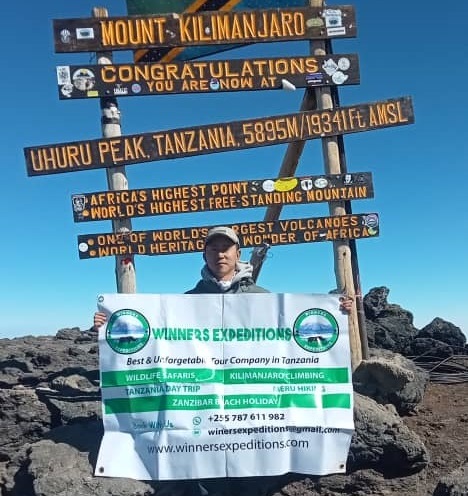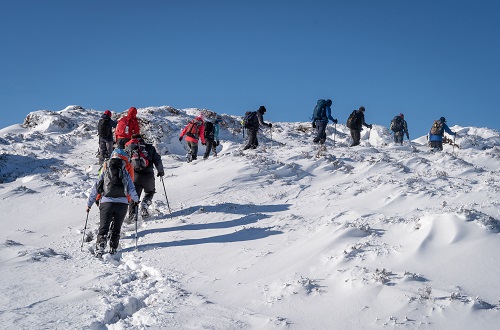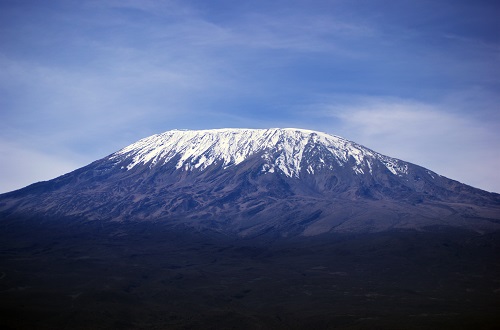
Kilimanjaro National Park is located in northeastern Tanzania and is home to Mount Kilimanjaro, the highest mountain in Africa and the tallest freestanding mountain in the world. The park was established in 1973 and was designated as a UNESCO World Heritage Site in 1987 due to its significant natural and cultural importance. Covering an area of approximately 1,688 km2, the park attracts thousands of visitors each year, drawn by the allure of conquering its iconic peak.
Best time to visit Kilimanjaro National Park
The best time to visit Kilimanjaro National Park for climbing and trekking is during the dry seasons, which typically occur from January to March and from June to October. These months offer clearer skies and better conditions for climbing, providing trekkers with breathtaking views along their ascent.
Best Kilimanjaro's key features and landscape
1. Mount Kilimanjaro
The park's most prominent feature is Mount Kilimanjaro, a dormant stratovolcano that soars to an impressive height of 5,895 meters (19,341 feet) above sea level. It is renowned for its snow-capped summit, which stands majestically above the surrounding plains and attracts climbers and adventurers from all over the world.
2. Ecological Zones
Kilimanjaro National Park is divided into distinct ecological zones, each offering unique flora and fauna. These zones are cultivated lowland, montane forest, heath, alpine desert, and the snow- and ice-capped summit. Climbers and trekkers experience a remarkable change in vegetation and climate as they ascend the mountain.
3. Biodiversity
Despite its high-altitude environment, the park hosts a diverse range of wildlife, including elephants, buffalos, leopards, various monkey species, and a variety of birdlife. However, the main attraction remains the challenging and awe-inspiring trek to the summit.

4. Glaciers and Snowfields
The upper slopes of Mount Kilimanjaro are adorned with glaciers and snowfields, making it one of the few places near the equator where ice can be found. Unfortunately, due to climate change, the glaciers have been receding over the years.
5. Cultural Significance
The area surrounding Kilimanjaro is inhabited by the Chagga people, and their villages and cultivation fields are often encountered along some of the trekking routes. The mountain holds cultural significance for the local communities, with various traditions and folklore linked to its majestic presence.
Best Tanzanian Kilimanjaro National Park activities
1. Climbing and Trekking
The most popular activity in Kilimanjaro National Park is climbing Mount Kilimanjaro. There are several well-established trekking routes, each varying in difficulty and duration, catering to climbers of different experience levels.
2. Day Hikes
For visitors not interested in summiting the mountain, there are shorter day hikes available within the lower slopes of the park, offering opportunities to explore the diverse montane forests and experience the park's unique biodiversity.
Kilimanjaro's conservation efforts
Kilimanjaro National Park is subject to conservation efforts aimed at preserving its delicate ecosystems and wildlife. Measures are being taken to manage tourism sustainably, reduce the impact of human activity on the mountain, and raise awareness about climate change and its effect on the glaciers.

We are available 24/7
Let us plan your tour trip in Kilimanjaro National Park
